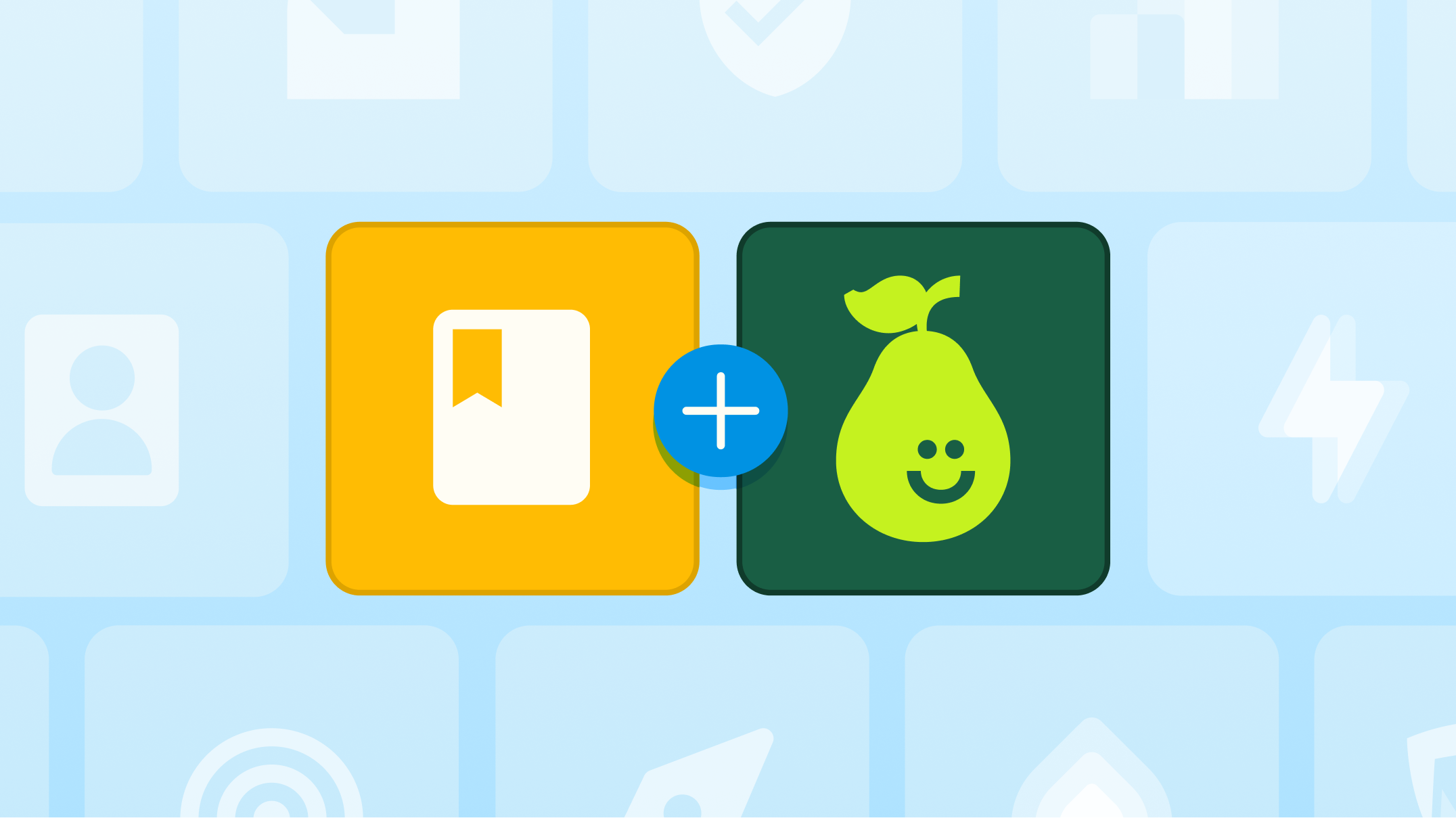Celebrate National "Be Heard Day" with Pear Deck

If you keep an eye on trending Twitter hashtags or if you’ve ever perused a national days calendar, you know there are some hilarious ones out there. In March alone, people are celebrating days like National Oreo Day (!), National Worship of Tools Day (?), and National Awkward Moments Day. But amidst the silliness, there are some important ones like National Freedom of Information Day, National Women’s Day, and National Be Heard Day.
What is it?
Could there be a day more relevant to the work we’re doing with Pear Deck? Yes, we use a lot of pedagogical words like “student engagement” and “formative assessment," but the root of what we’re all about at Pear Deck is giving every student a voice and every teacher a means to hear and highlight those voices. So in celebration of National Be Heard Day, let’s consider how we can hear and honor our students’ unique voices with Pear Deck.
Quiet or tentative
We aren’t all built for the spotlight. For every confident hand-waver in the front row, there are two or three behind them who either are terrified of embarrassing themselves with the wrong answer, or who simply don’t care to contribute their correct answer to the class. Projecting answers anonymously on the screen allows both these latter types of students to quietly, safely contribute to the classroom conversation. Better yet, the ability to star and project exemplary answers gives the teacher an opportunity to celebrate answers from these students, acknowledging their success and building their confidence.
Unique processors
One thing we love about the times we are living in is we are learning more about the various ways people communicate and process information. Take, for instance, a second-grader who struggles with auditory processing and expressive language delay. This means it might take a few extra moments for him to process aural instructions or to formulate a spoken-response to a question. When his teacher uses Pear Deck, the barriers to participation fall away. He can see materials and questions on his own device and read them rather than working extra hard to process the auditory signals. He can also answer questions confidently via text or drawings without worrying about the time it takes him to answer out loud. Pear Deck lets him participate fully in class, building his confidence and enthusiasm for school and letting his teacher and classmates see him more fully.
Similarly, we often hear from special educators that Pear Deck’s drawing and Draggable slides are excellent alternatives for students who struggle with written or verbal communication, allowing those students to convey their knowledge in image and icons rather than text. Students who previously may have been perceived as less capable are now able to demonstrate how engaged and intelligent they really are.
Verbose and gregarious
This may seem an unnecessary example, given these types of students are already comfortable with the voices they have — not to mention they are heard, sometimes, more often than we might feel like celebrating. Yet making these students feel heard is just as important as it is for quieter students. In fact, making highly verbal students feel heard can actually serve as a classroom management tool. In acknowledging their responses frequently (by projecting all responses) and regularly highlighting their exemplary responses through the teacher dashboard, you may give them just the outlet they need to satisfy the attention they crave, thus reducing their need for extraneous outbursts or side conversations.
Celebrating every voice
Making every student’s voice heard does not have to be complicated. There are teachers out there who wrangle hundreds of students in a day, but we challenge you to set a goal this week to highlight every single student’s voice at least once.

.svg)
.svg)
.svg)

.png)

